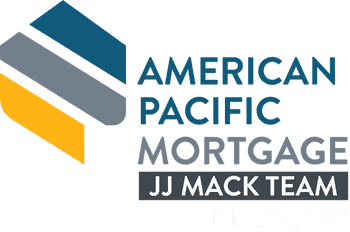When buying a home, most buyers focus on the big costs like down payment, loan interest rates, and closing costs. But one often-overlooked expense that can significantly affect your monthly payment is property taxes. Whether you’re buying in Roseville, Rocklin, or Loomis, understanding local property taxes is key to setting a realistic homebuying budget.
Here’s what you should know before making your move.
1. How Property Taxes Work in California
In California, property taxes are calculated based on the assessed value of your home. Thanks to Proposition 13, the assessed value is generally limited to a 2% increase per year unless the property is sold or significantly improved.
The base property tax rate is about 1% of the assessed value. However, most areas, including Placer County, add voter-approved local taxes, bonds, and assessments that raise your total effective rate. In most cases, the total rate comes out to roughly 1.1% to 1.25%.
2. Roseville, Rocklin, and Loomis Property Tax Differences
While all three cities fall under Placer County, there are subtle differences that buyers should consider:
-
Roseville:
Roseville has newer developments with Mello-Roos assessments; special property tax districts that fund infrastructure, schools, and public services. These can add thousands annually to your tax bill. Always ask about Mello-Roos if you’re eyeing newer communities like West Roseville or Fiddyment Farm. -
Rocklin:
Rocklin also has areas with Mello-Roos (e.g., Whitney Ranch), but many established neighborhoods have more predictable, standard tax rates. The city’s growth has been steady, and many homes avoid the high assessment zones. -
Loomis:
Loomis offers more rural or semi-rural properties, often on larger lots with fewer special tax assessments. However, these homes may have higher assessed land value, and utility or service fees might be separate.
3. How Property Taxes Affect Your Mortgage Payment
When you take out a mortgage, your lender typically sets up an escrow account to collect property taxes monthly as part of your mortgage payment. That means:
-
Higher property taxes = higher monthly mortgage payments
-
Lower property taxes can give you more room in your budget for home upgrades, insurance, or savings
If you’re comparing homes in different neighborhoods or cities, your total monthly obligation can vary more than you’d expect, even with the same loan amount.
4. Don’t Forget Supplemental Property Taxes
After you purchase a home, California issues a supplemental tax bill based on the difference between the previous assessed value and your new purchase price. It’s a one-time bill, and it often surprises first-time buyers. Be sure to plan ahead for this extra cost!
5. Want a Lower Monthly Payment? Consider CalHFA Loans
If you’re a first-time buyer, you may qualify for a CalHFA loan, which comes with below-market interest rates and down payment assistance. This can help offset your monthly costs, even if you’re buying in an area with higher property taxes.
CalHFA loans are available to eligible buyers across Roseville, Rocklin, and Loomis, and they’re a smart way to keep homeownership affordable.
Bottom Line
Whether you’re looking at a new build in Roseville, a family-friendly home in Rocklin, or a quiet retreat in Loomis, understanding property taxes is essential. It’s not just about what the home costs, it’s about what it’ll cost you every month.
Need Help Navigating Property Taxes and Loan Options?
At JJ Mack Team, we’re local experts in both mortgages and the neighborhoods we serve. We’ll help you estimate your full monthly costs, including taxes, and match you with the right loan program, whether it’s conventional, VA, jumbo, or CalHFA.
Contact us or fill out the form below to get a personalized mortgage quote and tax estimate for your target area.

